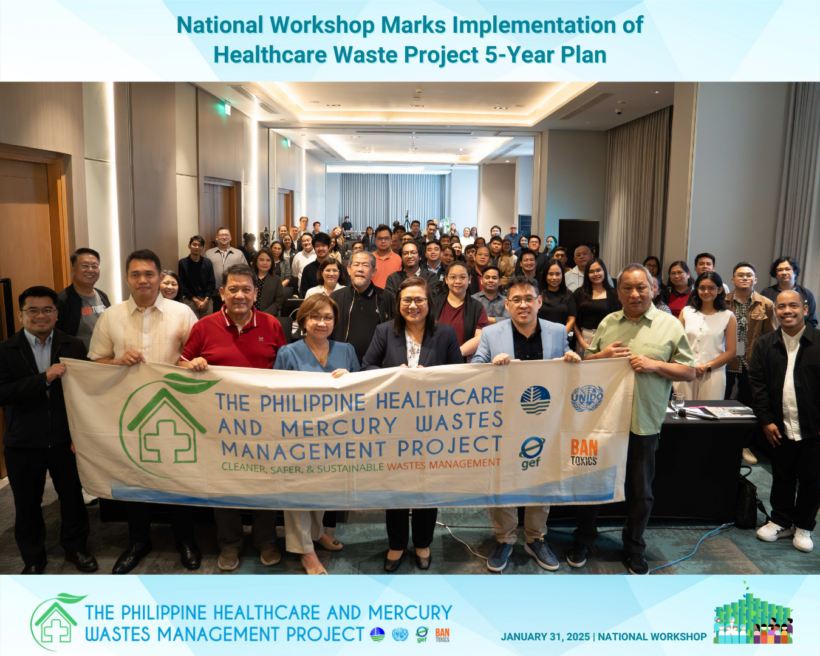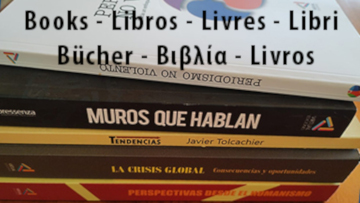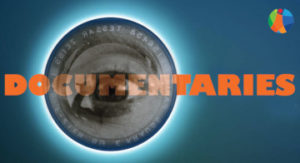Quezon City – The Philippine Healthcare and Mercury Wastes Management Project (HCW Project) kicked off its five-year implementation with a national workshop on Friday, January 31, 2025, marking the end of its inception phase and the execution of its comprehensive work plan.
The workshop brought together over 100 key stakeholders, including representatives from partner hospitals such as Quirino Memorial Medical Center (QMMC) in NCR, Cagayan Valley Medical Center (CVMC) in Region 2, and Eastern Visayas Medical Center in Region 8. Also in attendance were treatment, storage, and disposal (TSD) facilities MetroClark, Cleanway, and Envirocare, local government units, and representatives from national agencies, such as the Department of Health, and the Development Bank of the Philippines.
Officially launched in December 2023, the Healthcare Waste Management (HCW) Project represents a strong partnership between the United Nations Industrial Development Organization (UNIDO) and the Philippine government, led by the Department of Environment and Natural Resources-Environmental Management Bureau (DENR-EMB). With funding from the Global Environment Facility (GEF), this initiative supports the shared commitment of developing countries to address the world’s most pressing environmental issues. Executed by BAN Toxics, the project focuses on reducing the release and emissions of toxic substances from healthcare waste, aligning with global efforts to protect public health and the environment while fostering responsible and sustainable practices in the Philippines.

“This workshop represents more than just a gathering of experts. It is a call to action. The responsibility we shoulder is immense, and it is our collective commitment, cooperation, and determination that will shape the project’s success. By working together, we will not only address the environmental and health challenges posed by hazardous waste but also lay the foundation for a cleaner, safer future for generations to come,” Jacqueline A. Caancan, OIC-Assistant Secretary for Environment and Concurrent EMB Director said.
Dr. Carmela Centeno, UNIDO Head for Responsible Materials and Chemicals Management Unit, underscored the pivotal role of the HCW Project in advancing global sustainability and fostering a greener future. “This project is a testament to our commitment to achieving Sustainable Development Goals (SDGs), particularly SDG 3 on good health and well-being, SDG 6 on clean water and sanitation, and SDG 12 on responsible consumption and production. By promoting sustainable and inclusive healthcare waste management practices, we are addressing environmental challenges and improving public health outcomes,” she stated.
She also highlighted UNIDO’s broader efforts on a global scale. “UNIDO continues to support countries in advancing inclusive and sustainable industrial development, recognizing that economic growth and environmental stewardship must go hand in hand. In the Philippines, this project demonstrates how targeted interventions in healthcare waste management can be a model for other countries. Globally, we remain steadfast in fostering partnerships, driving technology transfer, and advocating for innovative solutions to environmental and industrial challenges.”
The World Health Organization (WHO) estimates that approximately 85% of healthcare waste is general and non-hazardous, while the remaining 15% is hazardous, including materials that may be infectious or toxic. Improper disposal methods, such as open burning or low-temperature incineration, release harmful pollutants like dioxins, furans, and particulate matter into the environment. Healthcare facilities can also be significant sources of mercury pollution if waste from mercury-containing medical measuring devices and lamps is not properly managed.

According to Teddy Monroy, UNIDO Country Representative in the Philippines, recent analyses have revealed alarming trends in healthcare waste generation.
“Over a five-year period, hazardous healthcare waste has risen by 20.19%, with a generation rate ranging between 1.13 and 1.31 kg per bed per day. Even in a post-COVID-19 context, the importance of improving healthcare waste management cannot be overstated,” he said.
Data from 2023 collected from partner hospitals further underscores the scale of this issue. EVMC reported 217.775 tons of pathologic or infectious waste and 191.345 tons of general waste. In QMMC, hazardous waste totaled 496,505 kg, while general waste amounted to 324,994.79 kg. CVMC reported 292,807 kg of general waste, along with hazardous materials, including 26,118 kg of sharps waste, 54 kg of pharmaceutical waste, and 2,603 kg of pathological waste.
Partner hospitals share concerns about inadequate waste storage and treatment facilities, compounded by delays in waste collection due to the limited capacity of local government units for general waste and TSD facilities for hazardous waste. Additionally, gaps in awareness about proper waste segregation among hospital clients emerged as a critical issue during the project’s inception phase.
A day before the National Workshop, The PSC convened and officially approved the project’s five-year work plan. PSC members, including the Department of Health (DOH), Department of Interior and Local Government (DILG), the Food and Drug Authority, (FDA) and the Development Bank of the Philippines (DBP) affirmed their roles and responsibilities in ensuring the success of the project’s objectives and goals.
The HCW Project will focus on several interventions, including conducting a policy gap analysis with corresponding recommendations, hiring technical experts to identify environmentally sound technologies and strategies on management, and raising awareness while building stakeholder capacity.
A critical aspect of the project is reducing unintentional persistent organic pollutants (uPOPs), such as dioxins and furans, commonly released while burning chlorinated waste materials. Sources of chlorine include chlorine-based disinfectants and PVC (polyvinyl chloride) plastics.
The project will also address the stockpiles of toxic mercury waste in hospitals by ensuring its proper storage and disposal. Mercury-containing products such as thermometers, sphygmomanometers, dental amalgam capsules, liquid mercury for dental restorative purposes, and fluorescent lamps have been banned in healthcare facilities since 2022 following the issuance of FDA Circular No. 2022-003. While healthcare facilities have generally shifted to mercury-free products, stockpiles of mercury waste have yet to be properly disposed of.
The initiatives will also focus on improving waste inventory systems and assessing the technologies and capacities of TSD facilities to identify opportunities for technology transfer and green financing.
Key discussions during the national workshop included an overview of the HCW Project’s inception activities, updates from partner healthcare facilities, and expert insights on best practices for managing uPOPs and mercury in healthcare waste. The presentation of the work and financial plan and stakeholder engagement strategies laid the groundwork for the project’s next steps.
“The successful implementation of this plan over the next five years is crucial for achieving sustainable healthcare waste management interventions, and will have long-term benefits for the health of our communities and our environment,” said Jam Lorenzo, BAN Toxics Deputy Executive Director and HCW Project Manager. ###






